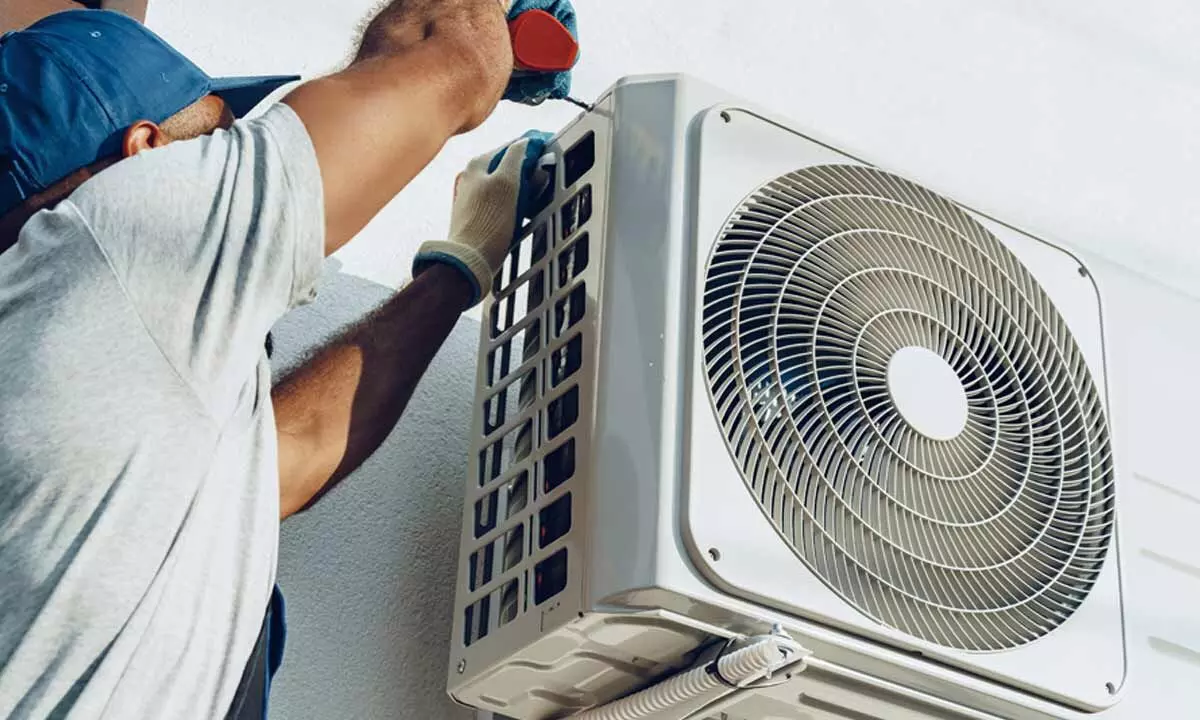IIT Mandi's new algorithm to automatically detect HVAC system failures

IIT Mandi’s new algorithm to automatically detect HVAC system failures
Researchers from the Indian Institute of Technology (IIT) Mandi have developed a novel algorithm that automatically detects operational failures in Heating Ventilation and Air-Conditioning (HVAC) systems installed in buildings.
Mandi: Researchers from the Indian Institute of Technology (IIT) Mandi have developed a novel algorithm that automatically detects operational failures in Heating Ventilation and Air-Conditioning (HVAC) systems installed in buildings.
When added to the HVAC automation system, the algorithm can enhance the energy efficiency of buildings and enhance the comfort of occupants.
It is a cost-effective approach that can help building operators save time and money by detecting and automatically addressing HVAC issues, reducing downtime, and lowering energy costs, said researchers.
"Our algorithm is robust against unmeasured disturbances and sensor noise, particularly the outdoor temperature, which affects the thermal dynamics of the building," said Dr Tushar Jain, IIT Mandi, in a statement.
The team published the results in the Journal of Building Performance Simulation.AA
HVAC systems are essential for maintaining the thermal comfort of occupants inside buildings. HVAC systems employing Variable Air Volume (VAV) terminal boxes offer an energy-efficient solution to maintain the thermal comfort of occupants inside the building.
A VAV box sends a controlled amount of processed air inside each zone of the building. The sensors and dampers in VAV boxes can become faulty and need repairs. However, detecting and identifying these faults manually is a slow, costly, and error-prone process.
Delays in detecting and fixing the faults in HVAC systems can lead to indoor environmental issues, such as poor thermal comfort and indoor air quality, affecting occupant health and productivity. This also results in the wastage of energy, thereby reducing building energy efficiency.
Research suggests that faults in HVAC systems could increase the energy consumption of buildings by 4 per cent to 18 per cent.
To address this problem, the team developed an automated fault detection and diagnosis (FDD) algorithm that integrates with the building automation system (BAS) or building energy management system (BEMS).
This system helps maintenance crews identify and predict potential failures, analyse their impact, determine their importance to the BAS, and quickly direct repairs, ensuring that the system is always available.
In a simulated one-storey building with three zones the team tested four different single and multiple VAV damper fault cases in two different scenarios.
The novel algorithm can be retrofitted with existing BAS/BEMS without additional hardware installation. The algorithm is strong enough to handle uncertainties such as the outside weather conditions and the number of occupants in the building.




















